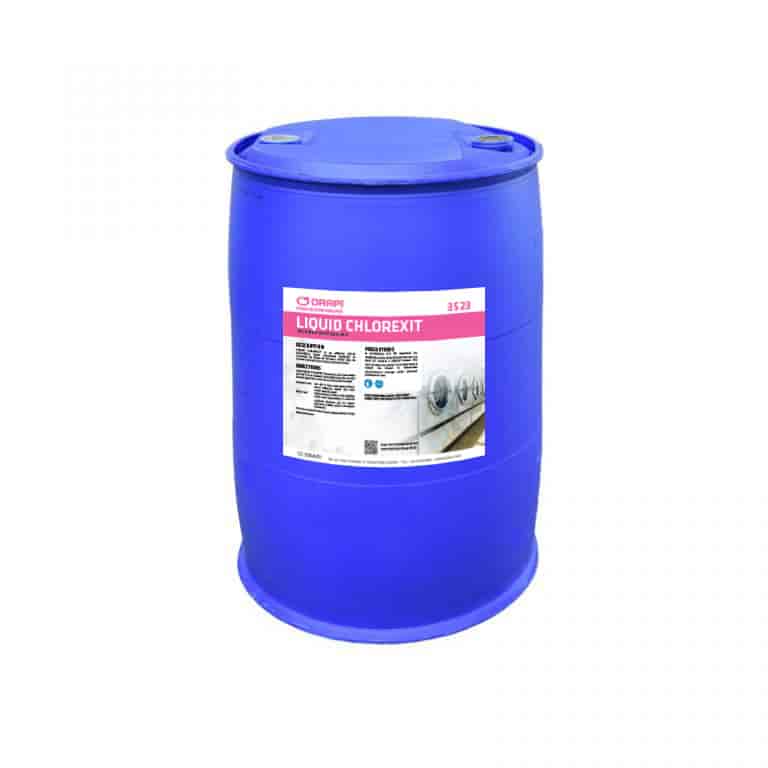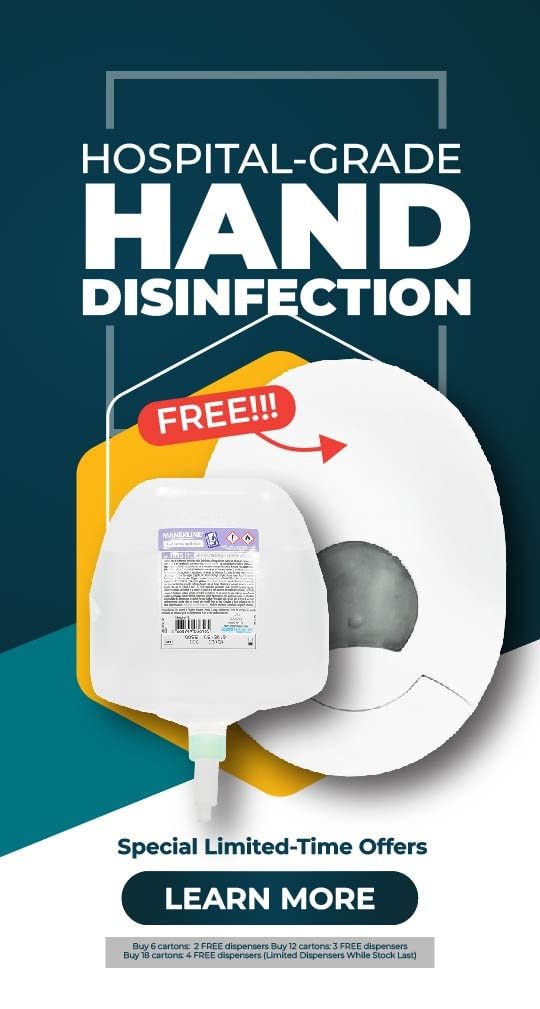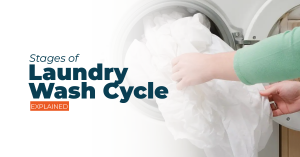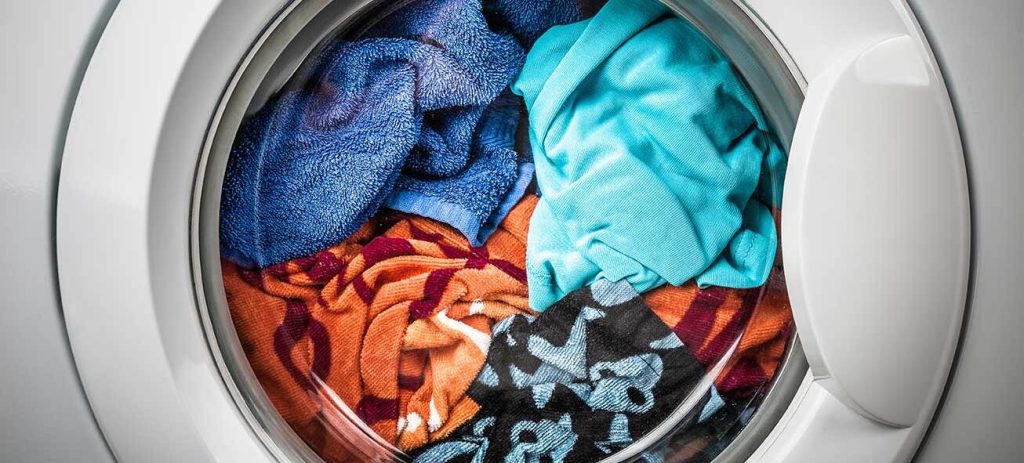
A Chlorine neutralizer is used in laundry to remove or neutralize chlorine residue from fabrics. Chlorine bleach is commonly used in laundry to whiten and disinfect clothes, but if not properly rinsed out, it can leave behind residual chlorine that can cause damage to fabrics over time.
Chlorine can weaken fibres, cause colours to fade, and even lead to the yellowing or discolouration of fabrics. Chlorine neutralizers work by chemically reacting with the chlorine residue, effectively deactivating it and preventing it from causing harm to the fabric.
Using a chlorine neutralizer in the laundry process helps to ensure that clothes come out clean and free from any harmful chlorine residue, prolonging the life of the fabrics and keeping them looking their best.
Chlorine Damage to Laundry

Chlorine neutralizers are a key tool in combating the harmful effects of chlorine on laundry. When chlorine is present in water, it can not only damage your clothes but even cause harm to your skin. Chlorine neutralizers work by chemically reacting with chlorine molecules, rendering them harmless.
Fabrics to Thin, Weaken, and Fade, or Even Bleach
The potent chemical properties of chlorine attack the fibers of your fabrics, causing them to gradually thin and weaken over time. This weakening can lead to visible fading of colors or, in severe cases, outright bleaching of fabrics. Delicate garments are particularly susceptible to this damage, as their finer fibers are more easily compromised by the corrosive effects of chlorine.
Damage to the Rubber Seals of Your Washing Machine
The rubber seals within your washing machine are not immune to chlorine’s corrosive nature. Prolonged exposure to chlorinated water can cause these seals to degrade, leading to leaks and malfunctions. Repairing or replacing these damaged seals can be costly, adding an extra financial burden to the already detrimental effects of chlorine on your laundry routine.
Unsuitable Environment for Delicate Fabrics
Chlorine creates an inhospitable environment for delicate fabrics, hastening their deterioration. Delicate materials such as silk, wool, or lace require gentle care to maintain their integrity. However, the presence of chlorine in the water disrupts this delicate balance, accelerating the wear and tear on these fabrics. As a result, your cherished delicate garments may show signs of premature ageing, such as fraying or pilling, much sooner than expected.
Unpleasant Odors
One of the more insidious effects of chlorine on laundry is the production of stubborn, unpleasant odors. When chlorine reacts with organic matter present in clothing, it can create pungent smells that are difficult to eliminate. Even after multiple washes, these odours may linger, permeating your clothes and causing discomfort. The persistent nature of these odors can be particularly frustrating, as they detract from the freshness and cleanliness of your laundry.
Skin Irritation or Allergic Reactions
Chlorine residue left on clothes after washing can pose a significant risk to skin health, especially for individuals with sensitive skin. Direct contact with chlorinated garments may trigger skin irritation, redness, or even allergic reactions in some people. The abrasive nature of chlorine can strip the skin of its natural oils, leading to dryness and discomfort. For those prone to dermatological issues, avoiding chlorine exposure in laundry becomes essential to maintaining healthy skin.
How Is Chlorine Neutralized

If there is excess chlorine in water, be it for domestic use, in pools, or in laundry, it must be removed. High amounts of chlorine increases the pH value of water, causes skin and eye irritation, itching, breathing difficulties, respiratory tract infections, and other health concerns. Usually, boiling the water reduces the amount of chlorine; however, that is not a practical solution and not possible for all applications. So, chlorine neutralizers are used. Before using them, you must do some water tests so that you know the chemical formulation and the amount of chlorine present in a given water sample. Also, the level of permissible chlorine would vary with the amount of water.
Types of Chlorine Neutralizers

There are a variety of different types of chlorine neutralizers on the market. Some use chemical means to remove chlorine from water, while others use physical means. The most effective type of chlorine neutralizer is one that uses a combination of both chemical and physical means.
Carbon Filter
Activated carbon filters are a popular way to remove chlorine from water. These filters work by passing water through a bed of activated carbon, which absorbs chlorine molecules and leaves behind clean, fresh-tasting water.
Reverse Osmosis Filter
There is another way to remove chlorine from water, and it involves using a reverse osmosis filter. These filters function by pushing water through a semipermeable membrane that contains tiny pores. These pores are large enough to let the water molecules through but too small for chlorine molecules to pass. As a result, the chlorine is removed from the water during this process.
Sodium Bisulfite Solutions
Sodium bisulfite solutions are commonly used as carbon neutralizers due to their effectiveness in neutralizing chlorine. When added to water, sodium bisulfite undergoes a chemical reaction with chlorine, converting it into harmless chloride ions. This process effectively removes chlorine from water, making it safe for various applications such as water treatment, swimming pools, and laundry. Sodium bisulfite solutions are preferred for their ease of use and affordability, making them a popular choice for neutralizing chlorine in various settings.
Vitamin C (Ascorbic Acid) Tablets or Filters
Vitamin C, or ascorbic acid, is a natural and environmentally friendly option for neutralizing chlorine. Ascorbic acid tablets or filters work by rapidly reacting with chlorine molecules, breaking them down into harmless components such as chloride ions and dehydroascorbic acid. This process effectively removes chlorine from water without introducing any harmful byproducts, making it safe for consumption and use in sensitive applications such as aquariums and skincare. Vitamin C neutralizers are praised for their non-toxic nature and ability to maintain water quality without adverse effects on health or the environment.
Catalytic Carbon Filters
Catalytic carbon filters utilize activated carbon with catalytic properties to effectively neutralize chlorine and chloramine in water. These filters work by adsorbing chlorine molecules onto the surface of the carbon, where chemical reactions occur to convert chlorine into harmless chloride ions. The catalytic activity of the carbon enhances the speed and efficiency of the chlorine removal process, ensuring high-quality water free from chlorine taste and odor. Catalytic carbon filters are commonly used in water filtration systems for residential, commercial, and industrial applications, providing reliable chlorine removal without the need for chemical additives.
Chlorine Neutralizers Made of Sodium Thiosulfate
Sodium thiosulfate is a powerful chlorine neutralizer commonly used in water treatment and chemical processing industries. As a reducing agent, sodium thiosulfate reacts with chlorine to form sodium chloride and sulfur, effectively removing chlorine from water and neutralizing its disinfectant properties. Chlorine neutralizers made of sodium thiosulfate are available in various forms such as powders, crystals, or solutions, making them versatile for different applications. They are widely utilized in swimming pools, spas, and wastewater treatment plants to eliminate chlorine residual and ensure water safety and quality.
ORAPI RECOMMENDS:
LIQUID CHLOREXIT is an effective chlorine bleach-neutralizing agent designed to inactivate all traces of chlorine that may be carried over into laundry rinse operations.
How to Use Chlorine Neutralizer for Laundry
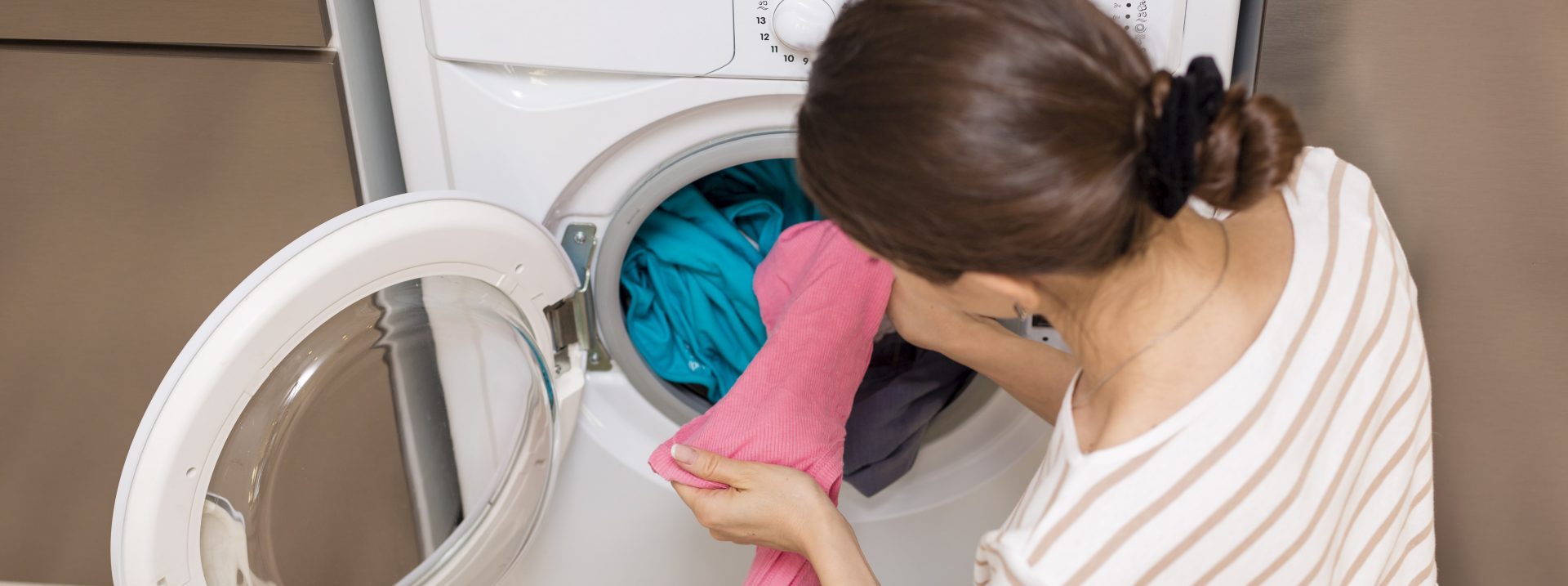
- Apply your chlorine neutralizer directly into the wash wheel during the first or second rinse cycle following the standard bleach procedure.
- Allow the neutralizer to circulate for 3 to 5 minutes.
- Use a temperature range of 40 – 80 °C. While hot water yields faster and more effective results, cold water is also acceptable.
- The recommended dosage is typically 90 to 150 ml per 45kg wash load, depending on the residual chlorine level. For instance, for 1 ppm chlorine in 500L, add 14 ml of the chlorine neutralizer.
Benefits of Using Chlorine Neutralizers in Laundry
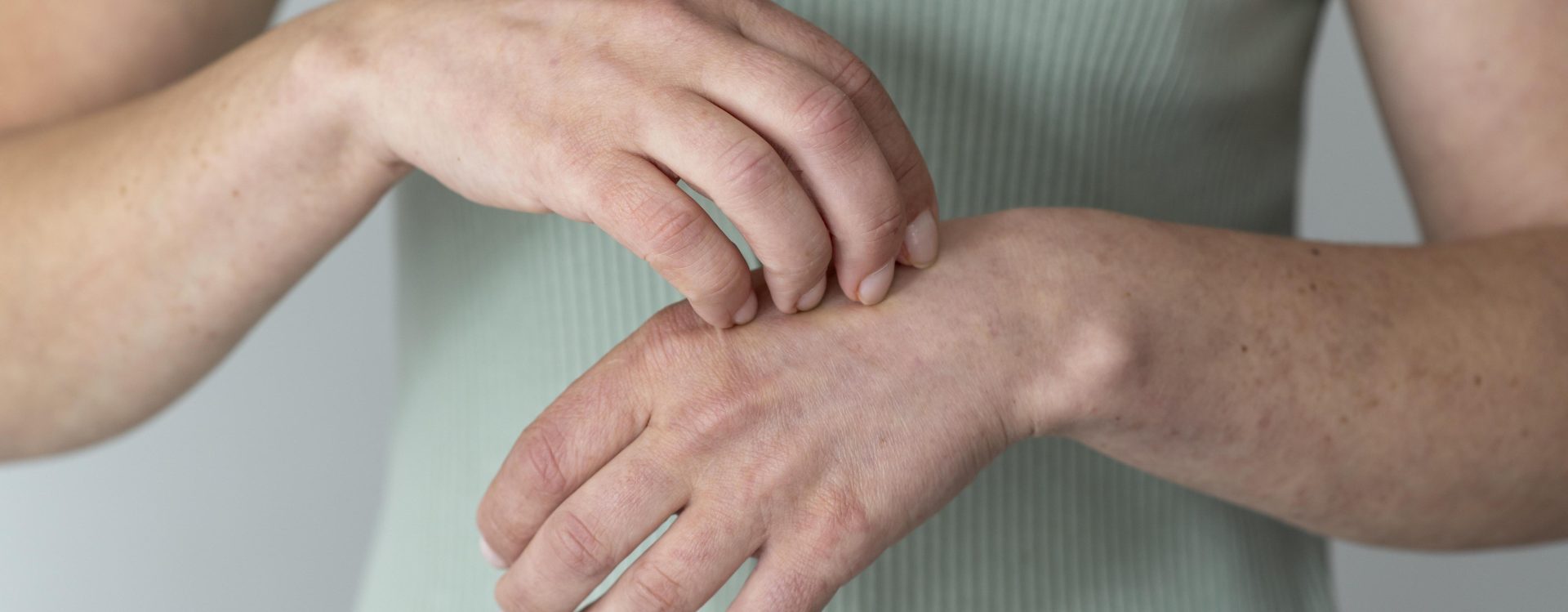
Reduces Irritation on Skin
Chlorine residues left on fabrics from bleach can irritate sensitive skin, causing discomfort, itching, and redness, particularly for individuals with allergies or dermatological conditions. By neutralizing chlorine effectively, chlorine neutralizers significantly reduce the risk of skin irritation, ensuring that your clothes are gentle and safe to wear, even for those with sensitive skin. This added benefit enhances the overall comfort and well-being of individuals, promoting a positive laundry experience and peace of mind knowing that your clothing is not only clean but also gentle on your skin.
Prolongs Fabric Life
Chlorine neutralizers act as a shield for your fabrics, safeguarding them against the corrosive effects of chlorine bleach. By neutralizing chlorine residues, they prevent the weakening of fabric fibers, ultimately extending the lifespan of your garments and linens. This means your favourite clothes stay intact and look fresh for longer, reducing the frequency of replacements and saving you money in the long run.
Reduces Tensile Strength Loss
Chlorine bleach can compromise the tensile strength of fabrics over time, making them more prone to tears and fraying. Incorporating chlorine neutralizers into your laundry routine mitigates this risk by effectively neutralizing any residual chlorine, thereby preserving the structural integrity of your textiles. As a result, your clothes remain durable and resilient, withstanding the rigours of daily wear and laundering without succumbing to premature damage.
Eliminates Yellowing of Resin Treated Fabrics
Resin-treated fabrics are particularly susceptible to yellowing when exposed to chlorine bleach. By using chlorine neutralizers, you can effectively counteract this discoloration, ensuring that your resin-treated garments retain their original brightness and clarity. Whether it’s your crisp white shirts or delicate resin-coated textiles, incorporating chlorine neutralizers into your laundry regimen helps maintain their pristine appearance, leaving them looking as good as new.
Saves Processing Time
Chlorine neutralizers streamline the laundry process by eliminating the need for additional rinsing cycles to remove chlorine residues. This not only saves time but also reduces water consumption and energy usage associated with extended washing and rinsing periods. With chlorine neutralizers, you can achieve optimal results in fewer steps, allowing for greater efficiency and productivity in your laundry operations.
Saves Hot Water and Fuel
By neutralizing chlorine residues effectively, chlorine neutralizers enable you to achieve satisfactory results even at lower water temperatures. This translates to significant energy savings by reducing the amount of hot water needed for laundering. Additionally, the reduced reliance on hot water conserves fuel resources, contributing to a more sustainable and eco-friendly laundry practice. With chlorine neutralizers, you can enjoy clean and fresh-smelling laundry while minimizing your environmental footprint and utility expenses.
Economical to Use
Chlorine neutralizers offer a cost-effective solution for maintaining the quality and appearance of your fabrics. Compared to the potential expenses associated with replacing damaged or discolored textiles, the investment in chlorine neutralizers proves to be a prudent and economical choice in the long term. By preserving the integrity of your garments and linens, chlorine neutralizers help you get the most out of your wardrobe while staying within your budget.
Can Also Be Utilized to Remove Iodine Stains
In addition to neutralizing chlorine residues, chlorine neutralizers possess the versatility to effectively tackle other stubborn stains, such as iodine. Whether it’s iodine spills on clothing or linens, chlorine neutralizers offer a reliable solution for removing these unsightly blemishes, restoring your fabrics to their original pristine condition. With their multifunctional capabilities, chlorine neutralizers prove to be a valuable asset in your laundry arsenal, ensuring thorough and comprehensive stain removal for a consistently immaculate finish.
Conclusion: Chlorine Neutralizer
In conclusion, the use of chlorine neutralizers is crucial in laundry processes to protect fabrics from the detrimental effects of residual chlorine left by bleach. These products effectively neutralize chlorine residues, which not only prevent fabrics from weakening, fading, and yellowing but also alleviate concerns about skin irritation and allergic reactions. Additionally, they offer practical benefits such as prolonging fabric life, reducing tensile strength loss, and eliminating the need for extra rinsing cycles, thus saving time, water, and energy. Chlorine neutralizers are economical and versatile, making them indispensable tools for maintaining fabric quality, promoting sustainability, and ensuring a pleasant and efficient laundry experience.


